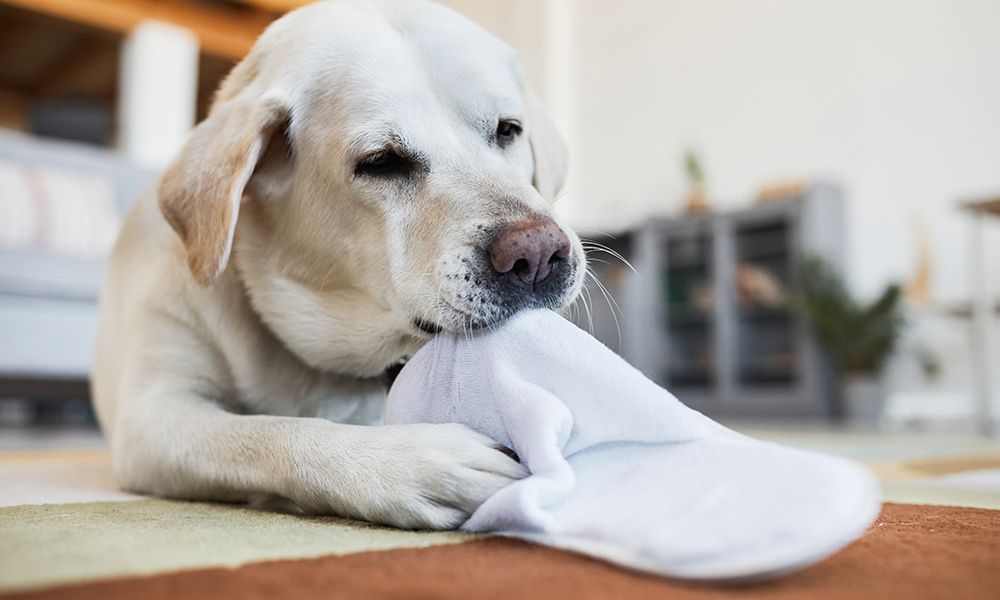5 Common Pet Health Issues in Tucson and How to Prevent Them
As pet owners in Tucson, we cherish the companionship and joy our furry friends bring into our lives. However, just like us, our pets can face health challenges. In this guide, we will explore the 5 common pet health issues affecting animals in Tucson and provide you with actionable tips on preventing them. By understanding these potential problems and taking preventive measures, you can ensure your pets lead long, happy, and healthy lives.
1. Obesity and Overweight Pets
Obesity is a prevalent health issue among pets in Tucson, just as it is among humans. Many factors contribute to this problem, such as overfeeding, lack of exercise, and high-calorie treats. The consequences of obesity in pets can be severe, leading to joint problems, heart disease, and a reduced lifespan.
To prevent obesity in your pets, follow these tips:
- Proper Diet: Consult with a veterinarian to determine the right portion sizes and the best diet for your pet’s age, size, and breed.
- Regular Exercise: Engage your pets in daily physical activities to keep them active and maintain a healthy weight.
- Limit Treats: Be mindful of treat consumption and opt for healthier options like carrots or low-calorie treats.
2. Dental Health Issues
Dental problems are common in pets, and they can lead to discomfort, bad breath, and even more severe health issues. Regular dental care is essential to prevent dental diseases in your furry companions.
Here’s how to maintain your pet’s dental health:
- Regular Brushing: Brush your pet’s teeth regularly using a pet-friendly toothbrush and toothpaste.
- Chew Toys: Provide chew toys designed to promote dental health and reduce plaque buildup.
- Annual Dental Check-ups: Schedule regular check-ups with your veterinarian to detect any dental issues early.
3. Fleas, Ticks, and Parasites
Tucson’s warm climate makes it an ideal breeding ground for fleas, ticks, and parasites. These pesky creatures can cause discomfort, transmit diseases, and even lead to severe health problems if left untreated.
To protect your pets from fleas, ticks, and parasites:
- Regular Grooming: Groom your pets regularly and check for signs of fleas or ticks.
- Flea Preventatives: Use veterinarian-recommended flea and tick preventatives.
- Indoor Cleanliness: Keep your living spaces clean and vacuum regularly to prevent infestations.
4. Heatstroke and Dehydration
The scorching Tucson summers can be particularly challenging for our furry friends. Heatstroke and dehydration are significant concerns for pets in hot weather.
To keep your pets safe during hot weather:
- Ample Water Supply: Ensure your pets have access to fresh water at all times.
- Shade and Rest: Provide shaded areas and encourage your pets to rest during the hottest parts of the day.
- Avoid Overexertion: Limit outdoor activities in extreme heat, especially during peak sun hours.
5. Allergies
Pets can develop allergies, just like humans. Allergies may be triggered by food, environmental factors, or even certain grooming products.
To manage pet allergies:
- Identify Allergens: Work with your veterinarian to identify and eliminate potential allergens.
- Hypoallergenic Diet: Consider a hypoallergenic diet if food allergies are suspected.
- Medication and Treatment: Follow your veterinarian’s advice on allergy medications or treatments.
Frequently Asked Questions (FAQs)
1. How can I tell if my pet is overweight?
A: You can check if your pet is overweight by feeling their ribs; they should be easily felt without excess fat covering them.
2. Can dental issues cause other health problems in pets?
A: Yes, untreated dental problems can lead to more severe health issues, affecting the heart, kidneys, and overall well-being of your pet.
3. Are natural flea preventatives effective?
A: Some natural flea preventatives can be effective, but it’s best to consult with your veterinarian for the most reliable solutions.
4. Can I leave my pet outside during the summer?
A: While pets can enjoy outdoor time, make sure they have access to shade, water, and are not left outside during the hottest parts of the day.
5. What are the common signs of pet allergies?
A: Common signs of pet allergies include itching, redness, skin rashes, sneezing, and gastrointestinal issues.
Conclusion
Being aware of the 5 common pet health issues in Tucson and taking preventive measures is crucial for ensuring the well-being of your beloved pets. By following the tips provided in this guide and working closely with your veterinarian, you can provide the best care and support to keep your furry companions healthy and happy. Remember, a healthy pet is a happy pet! Contact us if your pet is feeling sick and need professional help!










 Copyright © - SantaCruzPet.com
Copyright © - SantaCruzPet.com